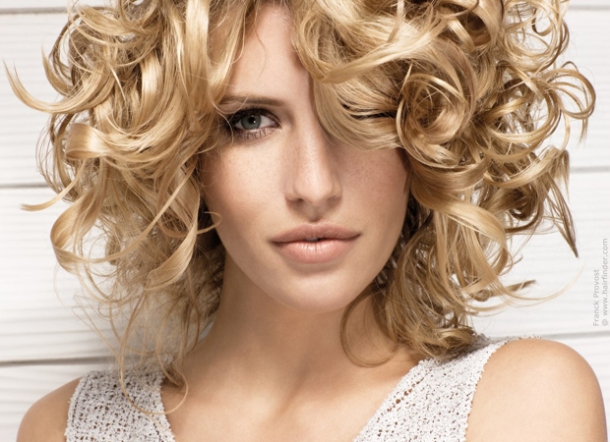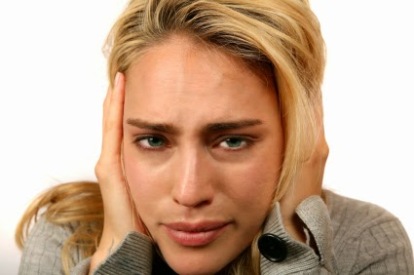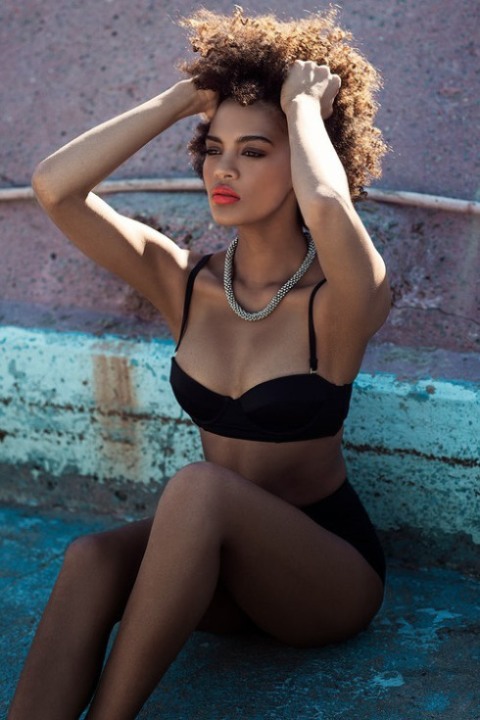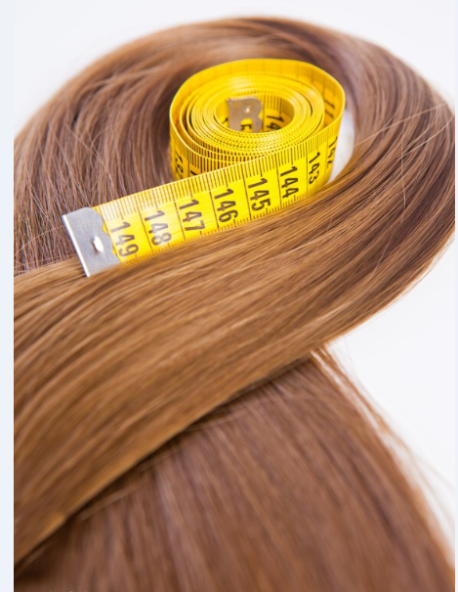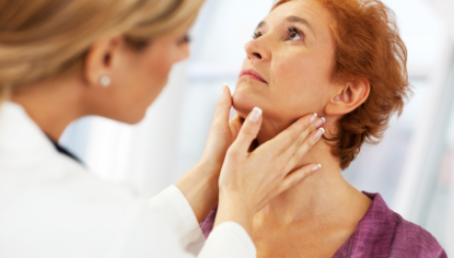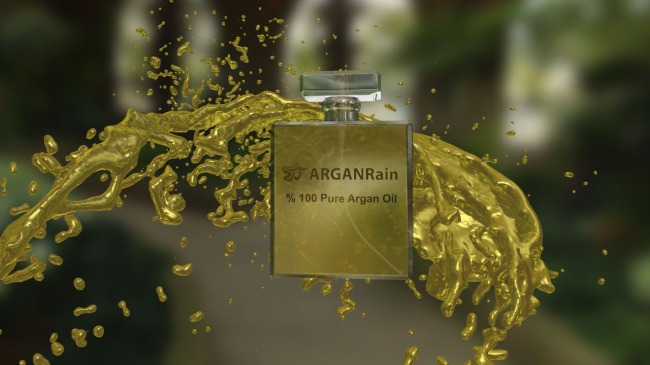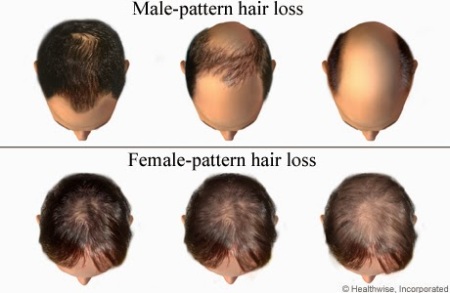If your hair is dull, frayed, or damaged from the use of dyes and chemicals, you can start right now to get healthier hair. Using healthy washing and styling habits, avoiding harsh hair treatments, and eating a nourishing diet will have your hair looking healthy again in no time.
Method 1 of 3: Using Healthy Washing and Styling Habits
- Wash your hair just three or four times a week. Giving your hair a break in between washings will restore its balance. It might be a little oily for the first week or so, but your hair will soon look more healthy and vibrant than ever.
- Wash your hair with cold water. Washing with hot water is hard on your hair and can lead to split ends and frizz. Washing with cold water helps your hair shaft close, resulting in shiny, bouncy hair.
Handle your hair gently. Think of your hair like your best silk dress. After hand washing it, would you ball it up and wring it out? No, that would destroy its shape and fibers. Your hair is similarly fragile and needs to be treated with care to stay healthy.
- After washing your hair, gently pat it dry with a towel instead of wringing it out. Let it finish air drying.
- Use a comb instead of a brush. Forcing a brush through tangled hair can cause it to rip and break. Use a wide-toothed comb to gently work through the tangles.
Use heat styling devices sparingly. Put away your hair dryer, straightener, curling iron, and hot rollers unless you have a special occasion at hand. Applying heat to your hair can damage it, so it’s best to let your hair air dry instead.
- If you want to use the blow dryer sometimes, use it on a cool setting.
- When you do use heat styling devices, be sure to put a protective serum in your hair beforehand.
Method 2 of 3: Using Healthy Products and Avoiding Damaging Treatments
- Most shampoos are made with strong cleansers called sulfates that strip the natural oils from your hair and cause it to get frizzy and frayed. Choose a shampoo made with cleansing herbs and oils instead. Check out a natural foods store for options.
- Conditioners made with aloe, coconut oil, shea butter and other pure substances add moisture to your hair and keep it looking healthy and fresh.
- Avoid using styling products that contain a lot of chemicals with names you can barely pronounce. You can make your own hair gel and hair spray instead of using the store-bought kind.
- Try to stay away from dyes and other permanent treatments. The chemicals in dye, bleach, Brazilian blowouts, chemical straighteners and chemical curlers can do a lot of damage if you use them too often.
Give your hair oil treatments.. To restore your hair’s softness and shine, apply oil to your roots, shaft and especially tips a couple times a week. You can use oil in place of conditioner or after your hair is already dry. Once every few weeks, give yourself a deep conditioning treatment as follows:
- Massage olive oil or almond oil into your hair.
- Cover your hair with a shower cap or plastic wrap.
- Let the oil sit in your hair for 2 hours or overnight.
- Rinse it out with cool water until the water runs clear, then shampoo and condition as normal.
Eat nutrients that nourish your hair. A well-balanced diet with plenty of protein, vitamin B, iron, and omega-3s helps your hair stay as thick and healthy as possible.
- Vitamin B keeps hair thick and strong. Eat plenty of fruits, vegetables and nuts to get enough vitamin B.
- Eat beef, chicken, pork, fish and leafy greens like kale and spinach to get iron and protein.
- Salmon, walnuts, and avocados are excellent sources of omega-3s, which help your hair stay shiny and healthy.
- You can supplement your diet with vitamins designed to make hair stronger. Try prenatal vitamins, which contain a mix of ingredients that lead to great hair, nails and skin.
- When the sun is strong, wear a hat or scarf over your hair to protect it from getting too fried.
- Don’t go outside during the winter with wet hair. When your hair freezes it can get brittle and frayed.
- You should also protect your hair from chemicals. Don’t expose your hair to chlorine too often. When you go swimming, wear a swim cap.
Get your hair trimmed often. As soon as your ends begin to split, go to the salon and get a trim. Keeping your hair trimmed will make sure the ends don’t split very far up the shaft. Your hair will be less likely to break, and it will look healthy and full of life.





